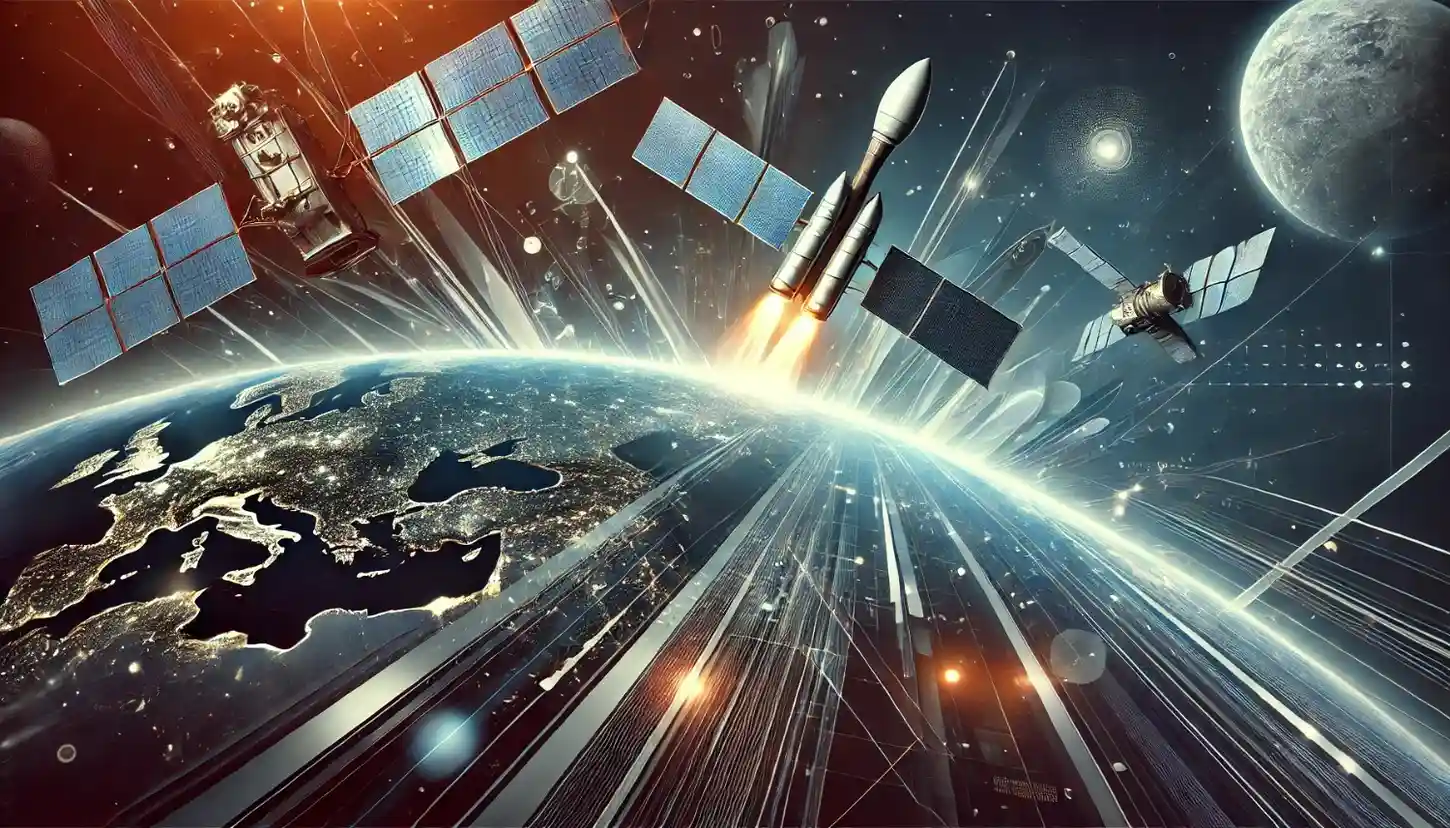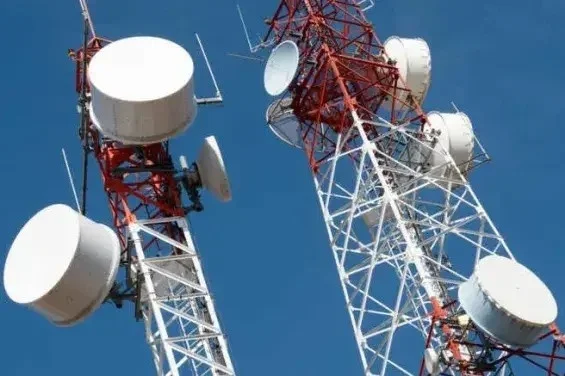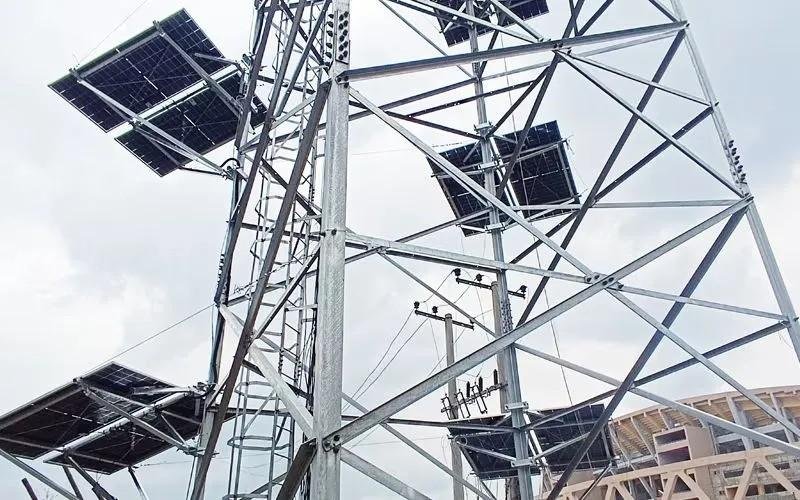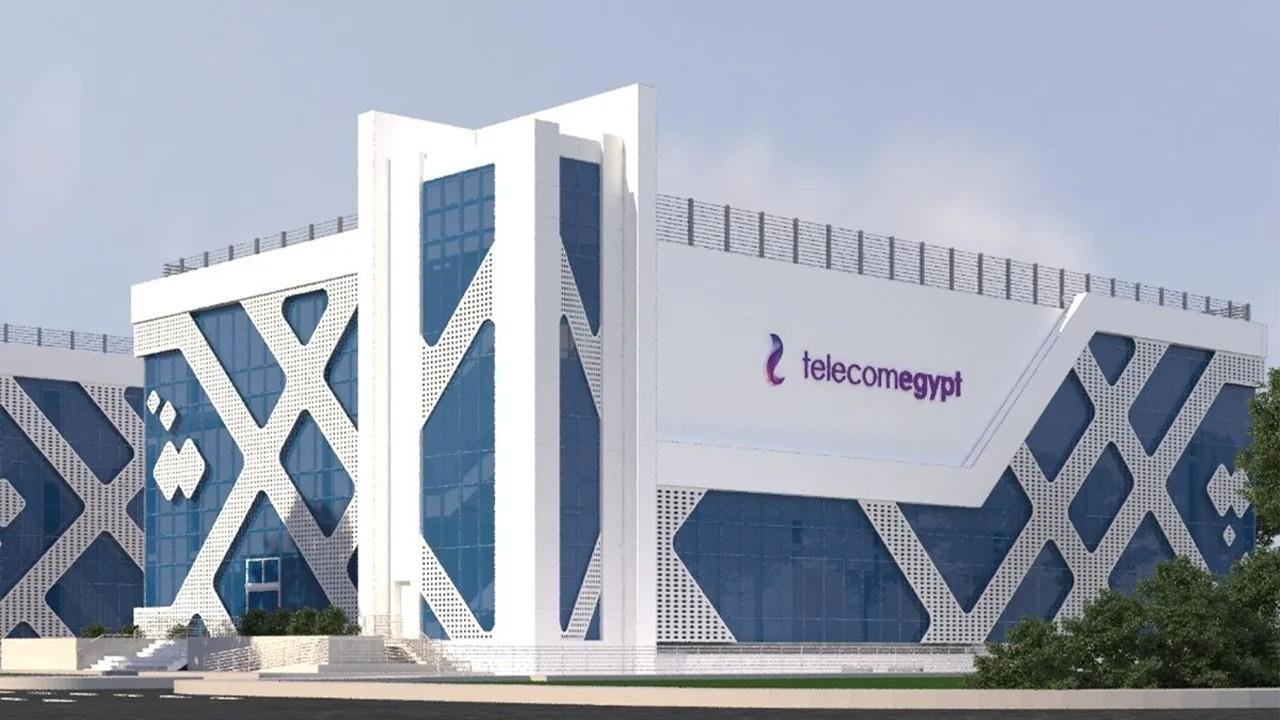Pakistan Space and Upper Atmosphere Research Commission (SUPARCO) is set to launch its first fully indigenous Electro-Optical (EO-1) Satellite on Friday (today), marking a significant milestone in the country’s space program. The launch will take place at the Jiuquan Satellite Launch Centre (JSLC) in China, underscoring Pakistan’s growing technological prowess and ambition in space technology.
Developed entirely by Pakistani engineers, the EO-1 satellite represents a major breakthrough in the nation’s space capabilities. Equipped with advanced imaging technology, the satellite is expected to provide valuable insights across various sectors, including agriculture, environmental monitoring, urban planning, and disaster management.
This achievement is in line with Pakistan’s National Space Policy and demonstrates the country’s commitment to advancing technological innovation for national progress.
Zain Bukhari, a SUPARCO expert, described the launch as a historic moment for Pakistan, stating, “EO-1 is equipped with a high-resolution camera that will capture detailed images of Earth, offering a range of applications. It is the first satellite fully designed and manufactured locally by SUPARCO’s engineers, reflecting our growing self-reliance in space technology.”
The satellite has undergone extensive testing to ensure its readiness for operation, and the upcoming launch is expected to be a proud achievement for the nation.
Looking back at Pakistan’s space achievements, Zain Bukhari, who serves as General Manager at SUPARCO, highlighted the nation’s progress, beginning in 2011 with the launch of PakSat-1R, a communication satellite developed with China’s support. In 2018, Pakistan launched PakTES-1A and Pakistan Remote Sensing Satellite-1 with Chinese assistance, and in 2024, the PakSat-MM1 communication satellite expanded high-speed internet access to remote areas, reinforcing Pakistan’s space ambitions.
Additionally, in 2024, SUPARCO supported the development of the iCube Qamar satellite, a project led by students at the Institute of Space Technology (IST). The satellite, which captured real-time images of the lunar surface, highlighted the country’s local talent and inspired the next generation of space science professionals.















